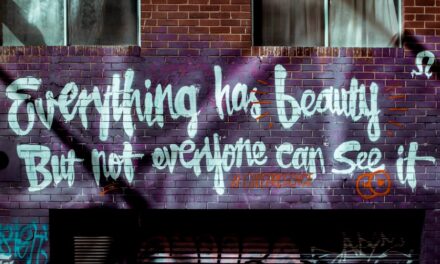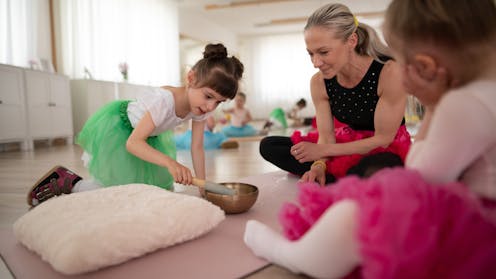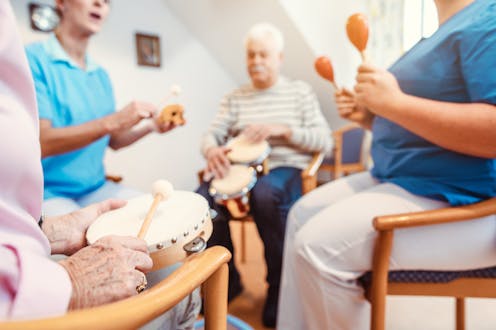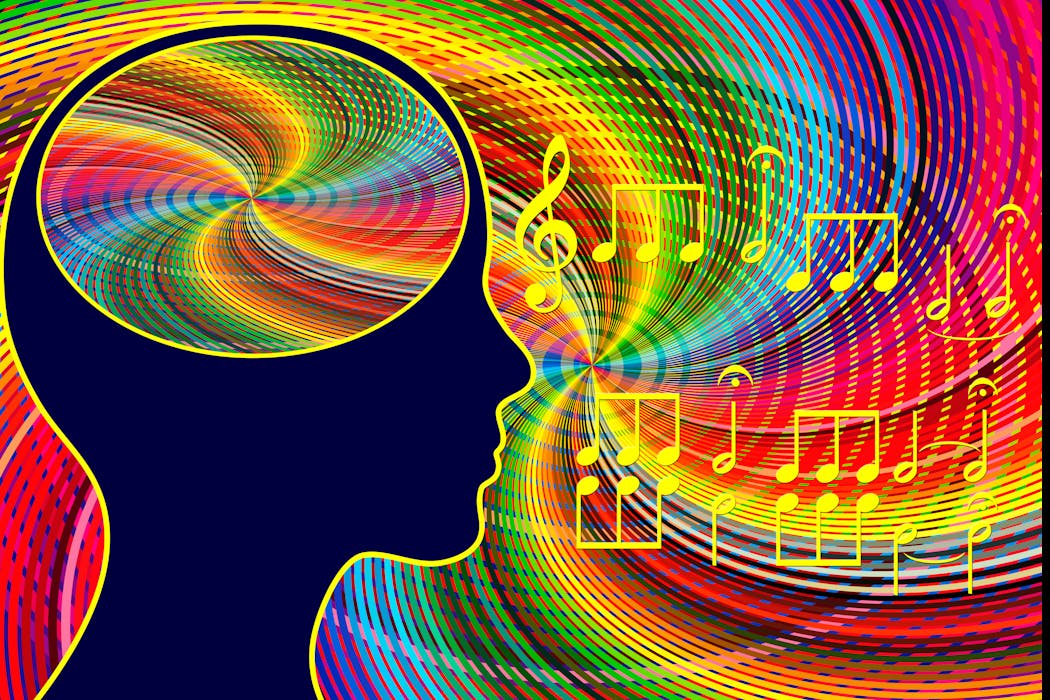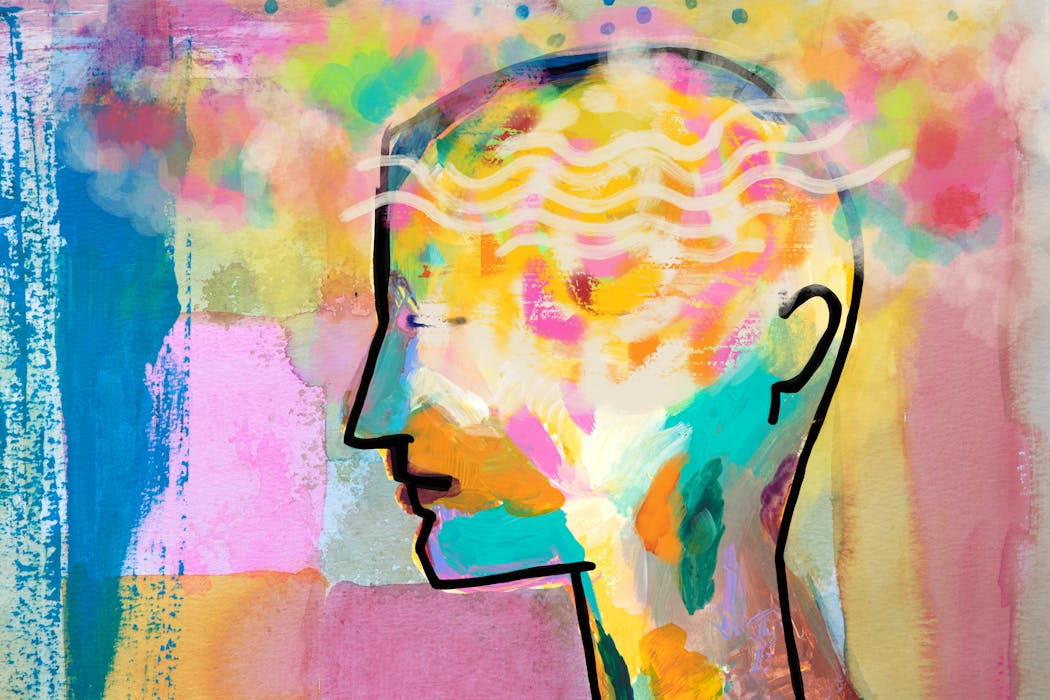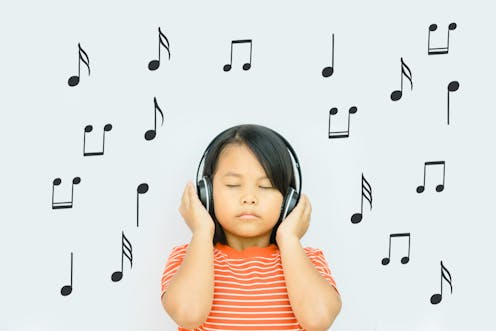Movement and mental health have a strong and undeniable connection. Physical activity has been shown to have a positive impact on mental well-being, and this is especially true for activities that involve both physical movement and creative expression, such as dance. When we move our bodies, we release endorphins, which are chemicals in the brain that act as natural painkillers and mood elevators. This can help to reduce feelings of anxiety and depression, and improve overall mental health. Additionally, engaging in physical activity can help to reduce stress, improve sleep, and boost self-esteem. Dance, in particular, has been found to be an effective way to improve mental health, as it combines physical movement with artistic expression, allowing individuals to release emotions and connect with their bodies in a unique way.
Furthermore, movement and dance have been shown to have a positive impact on cognitive function. Engaging in physical activity can improve memory, attention, and problem-solving skills, while also reducing the risk of cognitive decline as we age. This is particularly important for individuals struggling with mental health issues, as it can help to improve overall brain function and cognitive abilities. Overall, the connection between movement and mental health is clear, and incorporating dance into a mental health routine can have a profound impact on overall well-being.
The Benefits of Dancing for Anxiety
Dancing has been found to be particularly beneficial for individuals struggling with anxiety. Anxiety is a common mental health issue that can cause feelings of worry, fear, and unease, and can have a significant impact on daily life. Engaging in dance can help to reduce feelings of anxiety by providing a creative outlet for self-expression and emotional release. When individuals dance, they are able to connect with their bodies in a unique way, allowing them to release pent-up emotions and stress. This can help to reduce feelings of anxiety and promote a sense of calm and relaxation.
In addition to providing a creative outlet for emotional expression, dancing can also help to improve overall physical health, which can in turn have a positive impact on mental well-being. Engaging in regular physical activity through dance can help to reduce muscle tension, improve cardiovascular health, and boost energy levels. This can help individuals to feel more physically capable and confident, which can have a positive impact on their overall mental health. Overall, the benefits of dancing for anxiety are clear, and incorporating dance into a mental health routine can be an effective way to manage symptoms of anxiety.
How Movement Can Help Manage Stress
Stress is a common experience for many individuals, and it can have a significant impact on mental well-being. Engaging in movement, such as dance, can be an effective way to manage stress and promote relaxation. When individuals engage in physical activity, they release endorphins, which are chemicals in the brain that act as natural mood elevators and stress reducers. This can help to reduce feelings of stress and promote a sense of calm and relaxation. Additionally, engaging in movement can help individuals to focus on the present moment, which can be an effective way to reduce feelings of stress and anxiety.
Furthermore, movement can help individuals to release tension and pent-up emotions that may be contributing to feelings of stress. When individuals engage in physical activity, they are able to connect with their bodies in a unique way, allowing them to release emotions and stress. This can help individuals to feel more grounded and centered, which can have a positive impact on their overall mental well-being. Overall, movement can be an effective way to manage stress and promote relaxation, making it an important tool for maintaining good mental health.
The Role of Dance in Improving Mood and Self-Esteem
Dance has been found to play a significant role in improving mood and self-esteem. Engaging in dance allows individuals to express themselves creatively and connect with their bodies in a unique way, which can have a positive impact on mood. When individuals dance, they release endorphins, which are chemicals in the brain that act as natural mood elevators. This can help to improve mood and promote feelings of happiness and well-being. Additionally, dance allows individuals to release pent-up emotions and stress, which can help to improve overall mood and emotional well-being.
In addition to improving mood, dance can also have a positive impact on self-esteem. Engaging in physical activity through dance can help individuals to feel more physically capable and confident, which can have a positive impact on self-esteem. Additionally, dance allows individuals to express themselves creatively and connect with their bodies in a unique way, which can help to promote a positive self-image. Overall, the role of dance in improving mood and self-esteem is clear, making it an important tool for maintaining good mental health.
Incorporating Dance into a Mental Health Routine
Incorporating dance into a mental health routine can be an effective way to improve overall well-being. Dance provides a unique opportunity for individuals to connect with their bodies in a creative and expressive way, allowing them to release emotions and stress. This can have a positive impact on mental health by promoting relaxation, reducing anxiety, and improving mood. Additionally, engaging in regular physical activity through dance can help to improve physical health, which can in turn have a positive impact on mental well-being.
When incorporating dance into a mental health routine, it is important for individuals to find a style of dance that they enjoy and feel comfortable with. This may involve trying out different types of dance classes or styles until they find one that resonates with them. Additionally, individuals may benefit from finding a supportive community of dancers who share similar interests and goals. This can provide a sense of belonging and support, which can be important for maintaining good mental health. Overall, incorporating dance into a mental health routine can be an effective way to improve overall well-being.
Finding Community and Support Through Dance
Dance provides a unique opportunity for individuals to find community and support while improving their mental health. Engaging in dance allows individuals to connect with others who share similar interests and goals, providing a sense of belonging and support. This can be particularly important for individuals struggling with mental health issues, as it can provide a sense of connection and understanding. Additionally, finding community through dance can provide opportunities for social interaction and friendship, which can have a positive impact on overall well-being.
Furthermore, finding community through dance can provide opportunities for individuals to support one another in their mental health journeys. Engaging in physical activity through dance allows individuals to release emotions and stress, providing an opportunity for emotional support from others who understand their experiences. This can help individuals to feel less alone in their struggles with mental health issues, providing a sense of comfort and understanding. Overall, finding community through dance can be an important tool for improving mental well-being.
Tips for Using Dance to Cope with Anxiety
There are several tips that individuals struggling with anxiety can use to incorporate dance into their coping strategies. First, it is important for individuals to find a style of dance that they enjoy and feel comfortable with. This may involve trying out different types of dance classes or styles until they find one that resonates with them. Additionally, individuals may benefit from finding a supportive community of dancers who share similar interests and goals.
Secondly, it is important for individuals to set realistic goals for themselves when incorporating dance into their coping strategies. This may involve setting aside time each week for dance practice or attending regular dance classes. Setting realistic goals can help individuals to stay motivated and committed to their mental health routine.
Finally, it is important for individuals to be patient with themselves as they incorporate dance into their coping strategies. It may take time for individuals to feel comfortable with dance or see the benefits on their mental health. It is important for individuals to be patient with themselves as they navigate this process.
In conclusion, the connection between movement and mental health is clear, with dance playing an important role in improving overall well-being. Dance provides a unique opportunity for individuals to connect with their bodies in a creative and expressive way while finding community and support. By incorporating dance into their mental health routine, individuals struggling with anxiety can find relief from symptoms while improving their overall well-being.
Find out how Torongo Therapyplus can help you with your needs. Get in touch with us at smile@torongo.life, or call us on 02 8809 9965.



